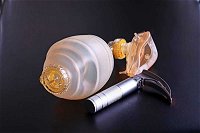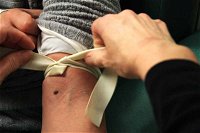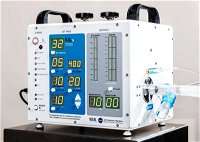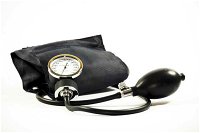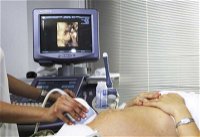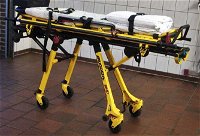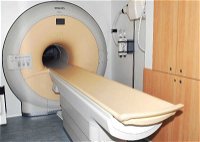
Hypodermically Speaking Trivia Quiz
Medical Equipment and Devices
The medical community makes use of innumerable medical devices and equipment, and it's not always easy to keep track of them all. Match these 12 medical items with their correct descriptions.
by trident.
Estimated time: 3 mins.


